Menu
You can manage your membership and billing method by clicking here
Terms of Service
Privacy Policy
Copyright © 2025 Office of Immigration Australia, a private company registered in Australia. All Rights Reserved.

Checking membership status...
 EXCLUSIVE MEMBERS ONLY ACCESS
EXCLUSIVE MEMBERS ONLY ACCESSTo access this month’s edition & Member’s only resources, enter your registered email address.

Exclusive Australian Immigration News, Updates & Opportunities
January 2022
This bulletin is for members only, and provides our members with month to month updates on Australian immigration policy changes and consequential opportunities. Opportunities are found via federal and state government policy shifts for the demand and supply for certain occupations.
This bulletin will keep you up to date so that you do not have to employ expensive immigration lawyers to provide you with monthly research.
January has finally arrived, and the 1st month of 2022 can only be described as SURREAL, as Skilled Migrant Professionals and International Students arrive in Australia after a 21-month border closure. The Australian government has now sent a strong signal that it is not overly concerned about the omicron variant of coronavirus by announcing that Skilled Migrants Professionals, foreign students and visa holders will be permitted entry without exemption.
Last year, Australia’s net overseas migration dropped into negative levels for the first time since World War Two, due to widespread COVID-19 travel bans and border closures. The supply of Skilled Migrant Professionals now nears crisis point with thousands of employers across a range of industries in Australia struggling to find skilled labour. As a result, Australia is now racing to recruit Skilled Migrants to add to the labour force in order to boost the country’s recovery from Covid-19.
This month, the Australian government has announced a number of visa changes that will dramatically increase the number of skilled migrants in Australia. The government has also committed to supporting Australia’s economic recovery through addressing critical skills shortages and workforce gaps in order to attract and retain Skilled Migrant Professionals.
As of 1st January 2022, the Priority Migration Skilled Occupation List (PMSOL) remains in effect + the federal government has announced the replacement of temporary graduate visas offered to those stuck abroad due to COVID-19.
All this and much more in the January issue of The Australian Immigration Bulletin! Let’s take a deeper look at what has happened so far and what is planned for the remainder of January 2022 in Australian Immigration, so that you can start planning!
As legislation and travel requirements are constantly changing, we strongly recommend obtaining advice on your individual situation from a Registered Migration Agent.
Please click here to book a consultation with one of our Registered Australian Migration Agents, located in Australia.
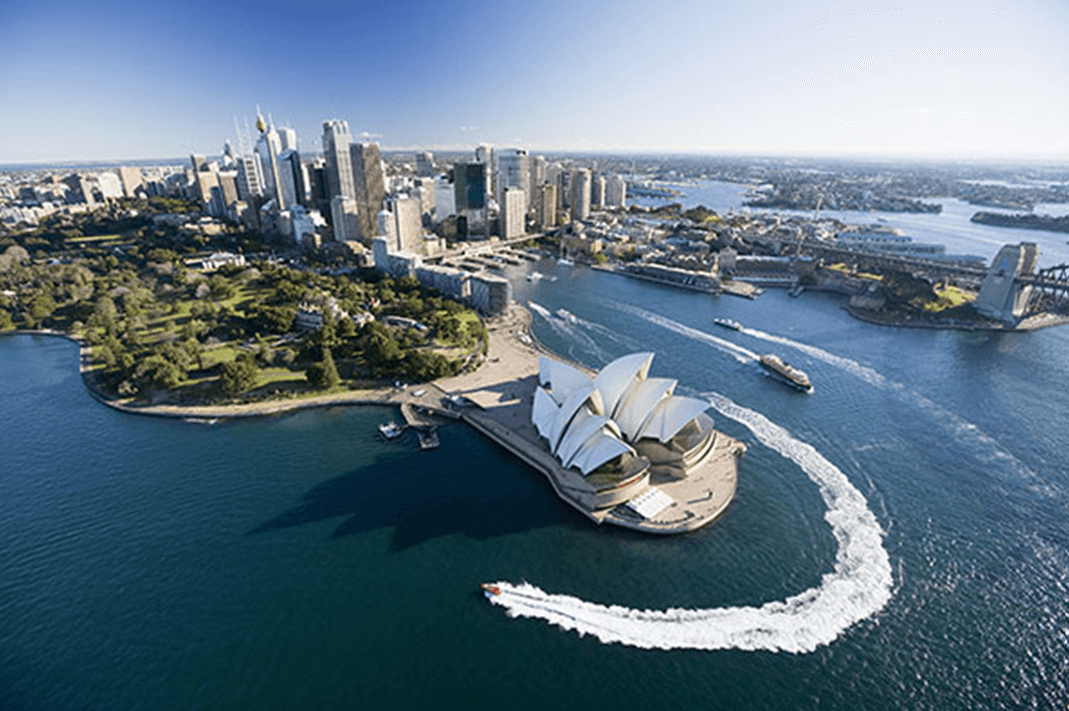 As we’ve entered the 1st month of the new year, join us for a look at the latest news and developments in the world of Australian Immigration!
As we’ve entered the 1st month of the new year, join us for a look at the latest news and developments in the world of Australian Immigration! We asked those who have established themselves with skilled jobs to share their experience and tips for a career in Australia.
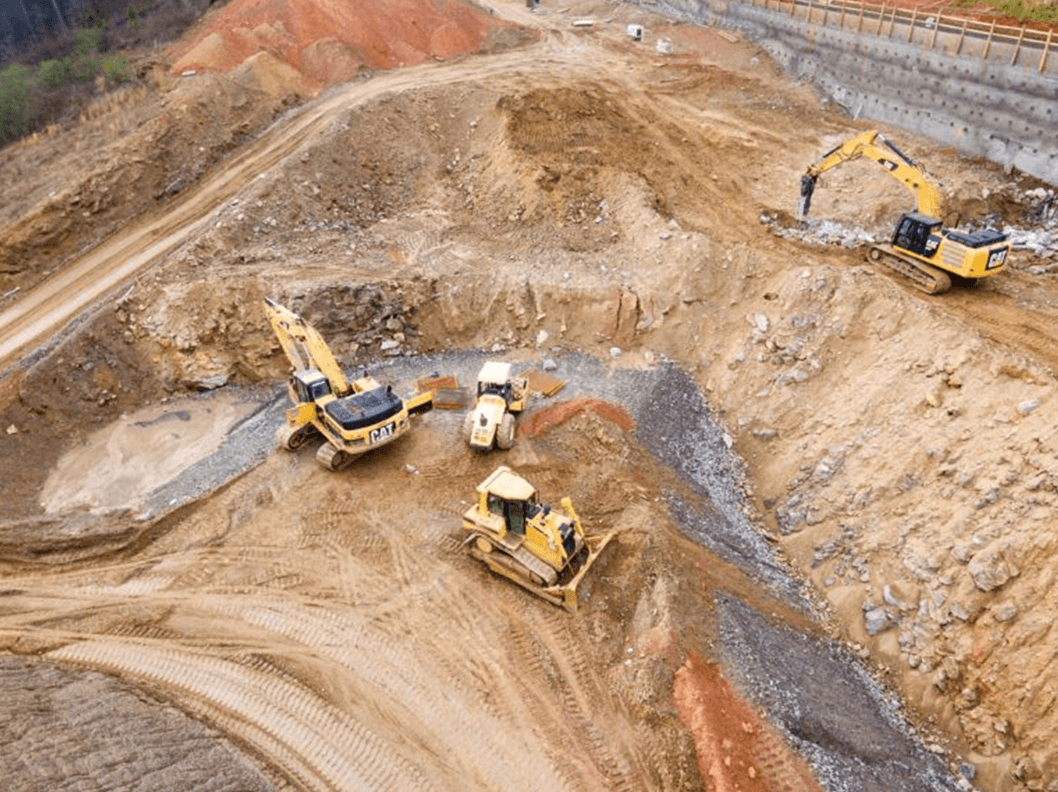
We spoke with Antony, a skilled migrant who has been working as an machine operator in the building and construction industry for the last 4 years.
I initially was working in a different field and made a decision to get into civil construction because there were more jobs readily available.
The first thing you do is get a white card, which is the core course you do with a RTO, or registered training organisation, and that is issued by Safe Work Australia. It makes sure that you know the basics of safety on a construction site and building site, so you don’t get hurt or hurt anyone else.
After that, I applied for jobs as a laborer, just to get experience and contacts in the field.
Now I’ve worked my way up into operating machines and driving trucks. I’m licensed to operate excavators and rollers, trucks and other construction equipment.
Right now, in Australia? It is unbelievable. There’s so much work in this field, we can’t get enough people.
In this field, it’s pretty much a level playing field, as long as you have the qualifications to do the job that you want to do.
Anyone can get a basic start as a laborer. And as long as you are hard working and show initiative, you can start to move your way up.
Some companies will help you to get more tickets, or licenses to operate machinery. Others wait for that, but for me personally, I didn’t wait on a company to do things for me. I saved my money and I did more courses and got my own tickets. And you don’t have to worry about money because it’s all tax refundable.

Skilled Migrant Professionals are arriving in Australia as its borders reopen, chasing “great weather and culture”while easing the crippling skills shortages plaguing business.
Vaccinated skilled migrants and foreign students were allowed to enter Australia again last week, after almost two years of border closures because of COVID-19 and a two-week delay from the original December 1 reopening date after the omicron variant emerged.
Like many other migrants, Malaysian auditor Evelyn Wong’s recent arrival in Australia on a skilled worker visa is fulfilling a teenage dream.
She visited relatives in Melbourne more than a decade ago and has wanted to live in the city ever since.
“It was just a short trip, but I had the opportunity to visit beautiful places like Mornington and the people were so friendly and welcoming,” she said. “The trip left me with great memories of the country … and ever since I’ve graduated, I’ve wanted to work overseas and Australia has been top of my list.”
Citing “great weather, culture [and] people” as part of the appeal, Ms Wong successfully applied for a skilled worker visa.
“I feel surreal and grateful that I’m living in this beautiful country, and relieved because there were border [issues] along the way while I was getting my visa.”
For employers, the re-entry of skilled migrants will help ease the severe staff shortages restricting industries from hospitality to professional services to agriculture from returning to full capacity.
KPMG national managing partner of audit, assurance and risk consulting Eileen Hoggett said this would both help firms import foreign talent and retain their existing staff amid fierce competition for staff.
“Obviously the opened borders provide us with access to a really talented global pool … and as a globally connected firm, the mobility of talent is also really core to our employee value proposition,” she said.
“[They will] arrive well before our June year-end busy seasons … which will make a huge difference [to workloads].”
Severe talent shortages saw borders open to auditors earlier than other professions – the regulator was forced to allow delays to companies reporting as a result – but firms will now also be able to bolster their consultant and other staff numbers.
Recalling secondments to Moscow and Bangkok early in her own career, Ms Hoggett said the open borders would also help produce higher quality staff.
“It provides people with richer careers, having these opportunities,” she said.
“I think the skills people learn and develop by living and experiencing a different culture makes them a higher quality auditor in the long term.”
For Ms Wong, the visa means more than just work opportunities. She plans to pump some of her money into Australia’s struggling tourism industry once her husband, who is still in Malaysia, is granted a visa and arrives in Melbourne. Tasmania is top of her list.
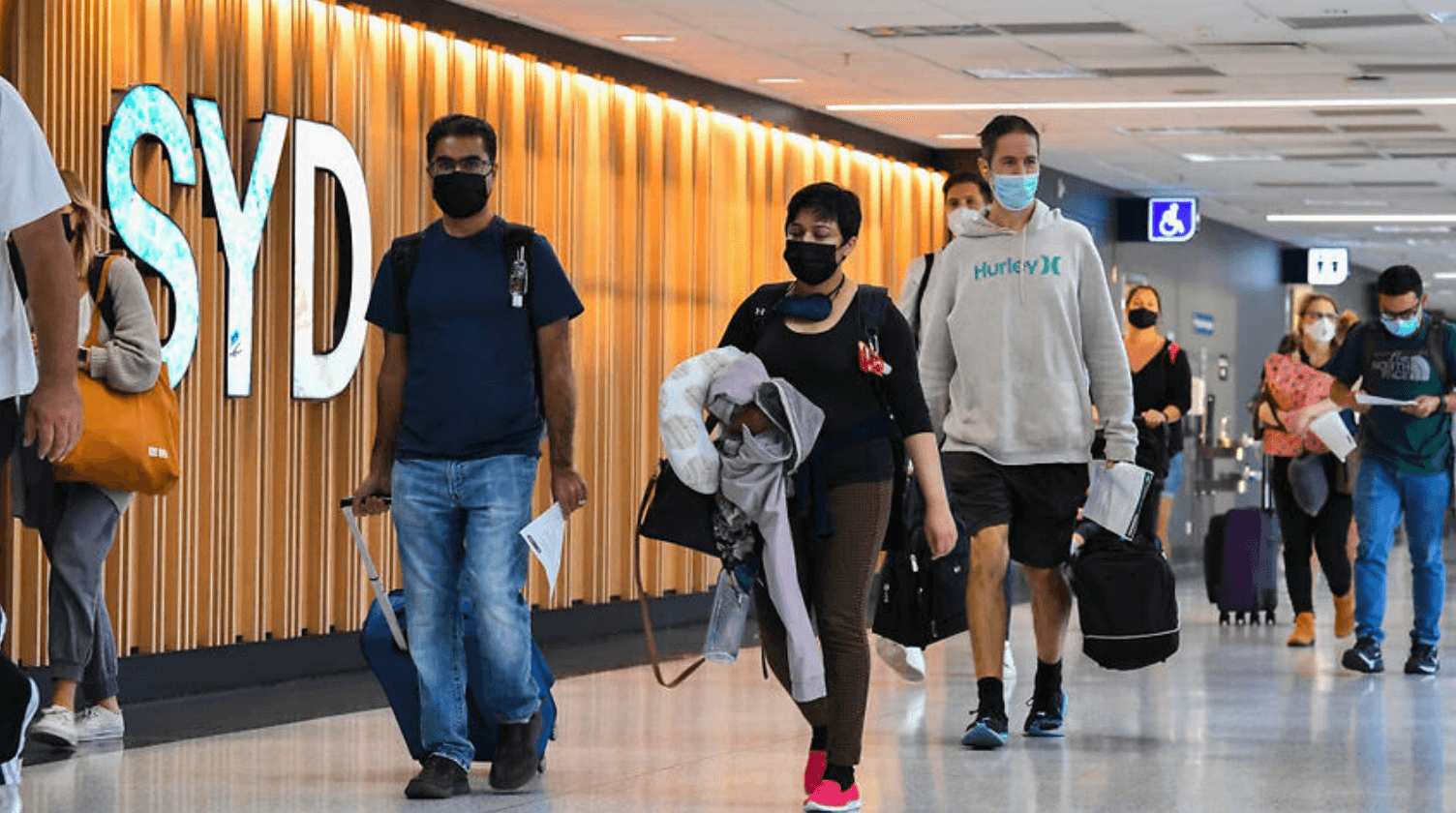
Visa holders are now allowed to enter the country, almost two years since Australia’s international borders closed due to the pandemic.
The decision allows skilled workers and international students to come into Australia without needing a travel exemption.
It comes after the federal government placed a two-week pause on visa holders being able to return over concern about the arrival of the COVID-19 Omicron variant.
Despite Omicron leading to spikes in case numbers in several states, the pause ended on schedule.
The government estimates about 235,000 visa holders would be eligible to enter the country, including an estimated 133,000 international students.
Universities Australia chief executive Catriona Jackson said she was delighted international students could at last return.
“We have missed their presence dearly and couldn’t be more delighted to welcome them back,” Ms Jackson said.
“We recognise the very real effects COVID-19 has had on their wellbeing, and the resilience they have shown amidst extreme uncertainty.”
We have missed their presence dearly and couldn’t be more delighted.
Virus restrictions are now relaxed in NSW, with the unvaccinated now able to enter retail and hospitality venues.
NSW’s vaccination rate currently sits at 93.2 per cent.
NSW Chief Health Officer Kerry Chant said all fully vaccinated international arrivals must still self-isolate for 72 hours.
Nationally, 89.5 per cent of the population over 16 is fully vaccinated while 93.4 per cent have had one dose.
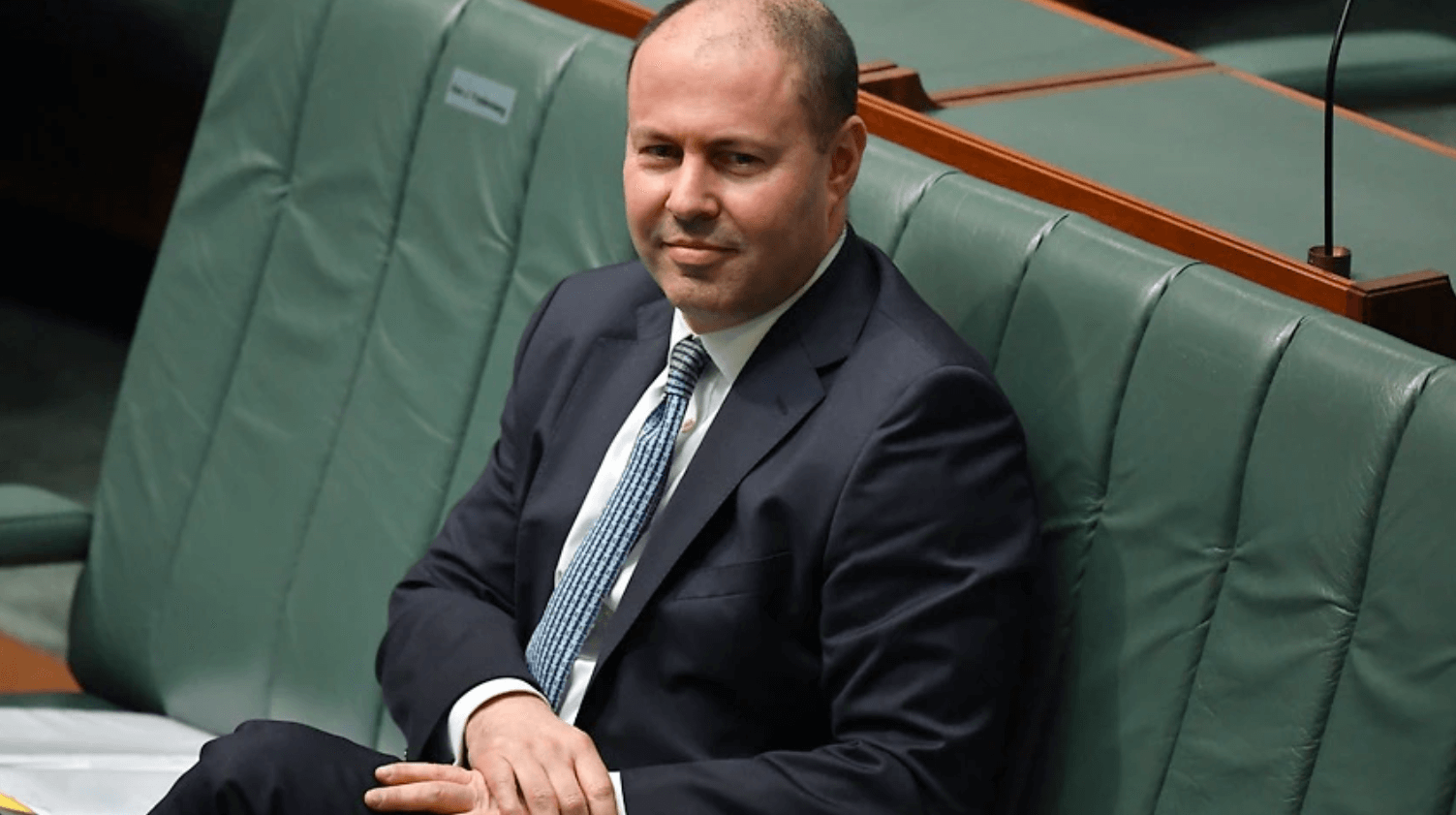
The figures for the number of migrants expected to come to Australia have been increased since May’s budget.
Permanent migration to Australia will be stepped up to around 160,000 a year to aid the country’s economic recovery and respond to skills shortages, Treasurer Josh Frydenberg said.
He was speaking ahead of the budget update, the Mid-Year Economic and Fiscal Outlook (MYEFO), adding the federal government expected overseas migration to be 120,000 higher over the next two years than had been forecast in the federal budget in May.
He told The Australian newspaper the additional migrants will help boost the Australian economy as it recovers from the shock of the COVID-19 pandemic.
He added: “With vaccination rates amongst the highest in the world, our international borders are opening around six months earlier than anticipated at budget, leading to a sharp turnaround in ¬migration flows.
“The MYEFO (Mid-Year Economic and Fiscal Outlook) will show that we expect 120,000 additional ¬migrants over the next two years than expected at budget, which will support stronger economic activity providing a welcome boost to our economic recovery.”
Last year, Australia’s net overseas migration dropped into negative levels for the first time – meaning there were more migrants departing Australia than arriving in the country – since World War Two due to widespread COVID-19 travel bans and border closures.
Net overseas migration was expected to be minus 77,000 for the 2021-22 financial year according to the budget in May 2021, but this will be revised up to minus 41,000.
The proportion of the Australian population born overseas is 29.8 per cent.
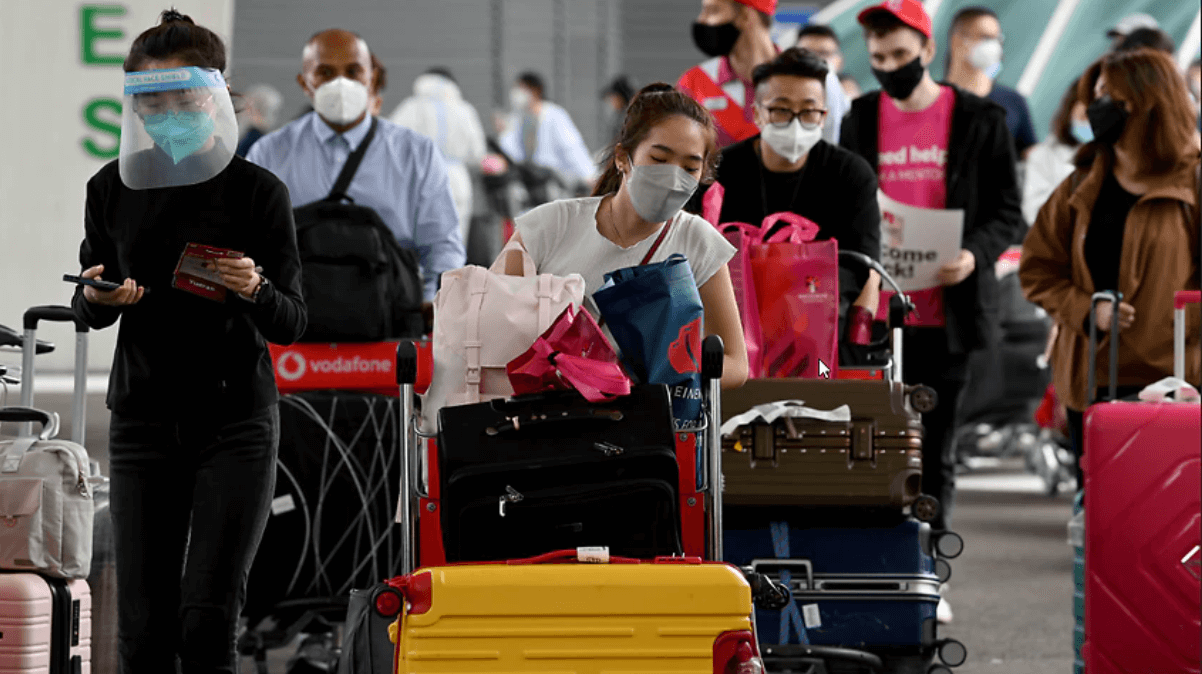
After almost two years of restricted international travel, Australia is racing to recruit migrants to add to the labour force.
Gary Prebble has been looking for two full-time staff members – a kitchen hand and a waiter – for his restaurant in Sydney since March 2020.
Even now, he’s still not been able to fill those positions.
“Right through the pandemic, we’ve been advertising constantly on different platforms and there have been no applicants,” says Mr Prebble, the owner of Bistro St Jacques in the inner-city suburb of Redfern.
In fact, instead of just looking for staff during the “open for business” months, Mr Prebble advertised for those roles during the lockdown periods, too.
“I was thinking that we would jump the gun and get in. I thought people would be looking for work but it was incredible, there were basically no applicants in that period either,” he says.
Mr Prebble has worked in the restaurant industry in New Zealand and Australia for 27 years and says it’s always been a struggle to find staff.
“As a consequence, these businesses are actually kept alive very much by migrants.”
But in the absence of those migrants and many other temporary visa holders due to COVID-19 travel and border restrictions, Mr Prebble says the shortage has gone from bad to worse.
“I have worked in hospitality pretty much my whole working life and I’ve never seen this level of shortage.”
Thousands of employers across a range of industries in Australia are struggling to find skilled labour at the moment.
“If we look at data concerning projections of Australia’s workforce needs, Australia requires more than the local population can contribute … we’re talking about 500,000 people each year.”
According to a recent report by independent advisory group Infrastructure Australia, by 2023, one in three industry jobs – that’s about 105,000 positions – may go unfilled.
“We have tracked the shortage of skilled trade since the year 2000 and what we’re seeing right now is the most acute skill shortage on record.”
The Australian government has recently announced a number of visa changes that’ll boost the number of skilled migrants in Australia.
The government has also announced Temporary Graduate (subclass 485) visa holders, who have been unable to travel to Australia as a result of border restrictions, will be able to apply for a replacement visa.
“When Australia’s borders were closed due to the pandemic, many Temporary Graduate visa holders were unable to come into Australia to work,” says Ms Baggiano.
In a statement, the Department of Home Affairs said travel restrictions have prevented many offshore workers from travelling to Australia, hampering our economic recovery.
“[But] the government is committed to supporting Australia’s economic recovery through addressing critical skills shortages and workforce gaps by supporting industry to attract and retain skilled visa holders,” a spokesperson said.
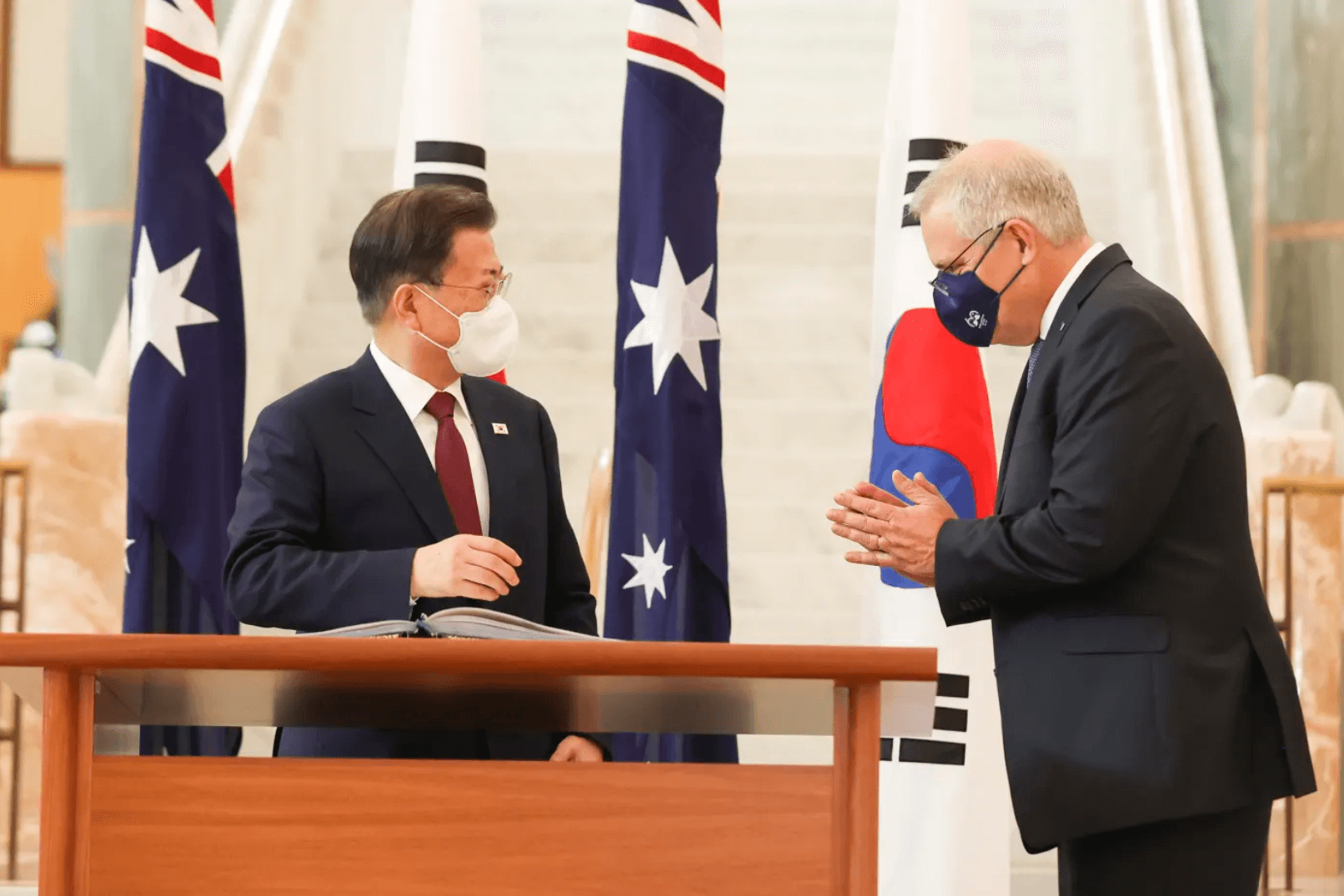
The Morrison government has sent a strong signal it is not overly concerned about the omicron variant of coronavirus by announcing that skilled migrants and foreign students will be permitted entry.
Business and employer groups heralded the decision as a critical step towards ending “Fortress Australia” and urged those states still with strict border controls to overseas arrivals to follow suit.
Prime Minister Scott Morrison said the two-week pause – which was imposed late last month on foreign workers and students, and the travel bubbles – has ended.
The decision was taken after Chief Medical Officer Paul Kelly advised both the National Security Committee and the National Cabinet that omicron was manageable, based on what was known.
Western Australian Premier Mark McGowan made the same point when he announced his state would open its borders on February 5.
That advice had been strengthened in recent days, given the progressively stronger evidence of the milder nature of the variant and no evidence to suggest the current crop of vaccines were not effective against it.
Speaking in Canberra alongside visiting South Korean President Moon Jae-in, Mr Morrison said, “some 20,000 Korean students come and study in Australia, and we are looking forward to welcoming them back, as we are the many tourist and business travellers and skilled migrants”.
“A return of visa holders with work rights will help alleviate the pressures on many businesses experiencing skill shortages and pockets of labour shortages.”
Business Council of Australia chief executive Jennifer Westacott made the same points.
“This is a critical step to tearing down the Fortress Australia mentality that kept us safe during the pandemic, but puts a handbrake on our recovery as the rest of the world reopens,” she said.
“Crucially, this will help fill the shortfall of over half a million workers that has seen some businesses struggling to keep their doors open and makes it hard to get new projects started.”
Treasurer Josh Frydenberg said an overreaction to omicron by the states posed a risk to the economic recovery.
“It’s critical that states don’t overreact to the Covid-19 variant omicron. The public should be confident that the vaccines are providing an effective defence against the virus, with the number of cases hospitalised coming down.
“The early signs about omicron are that while it’s transmissible, it may be less severe than earlier thought. And it’s critically important that the trajectory and the speed of the recovery is maintained and that omicron is not allowed to derail the momentum that has built up.”
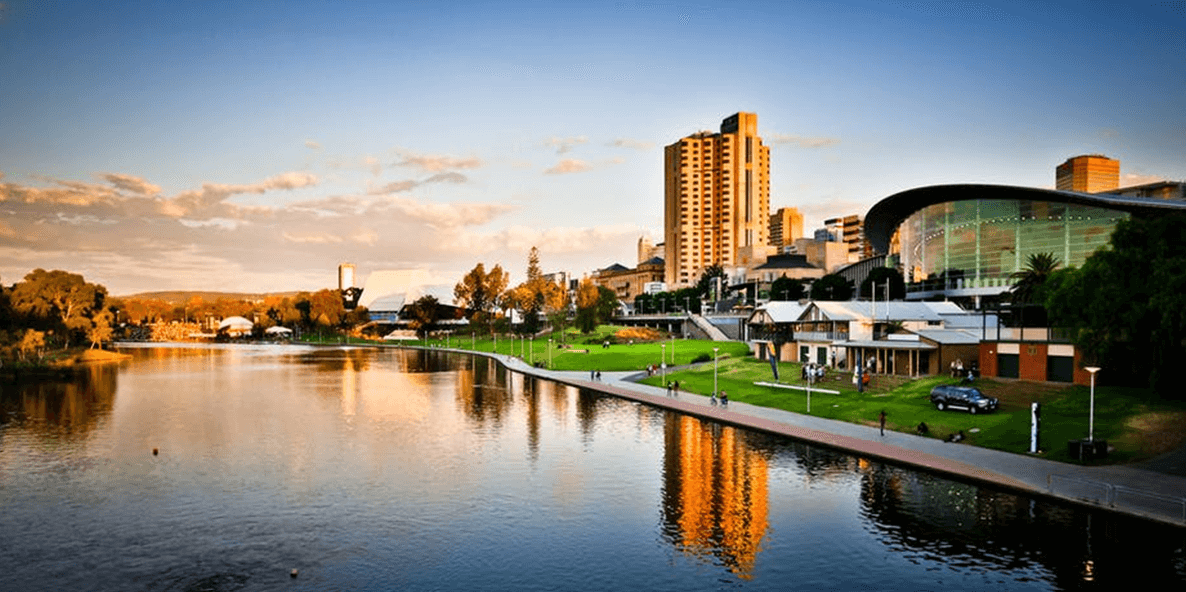
To manage South Australia’s COVID recovery response, applicants currently residing offshore are still able to apply.
The minimum requirements for state nomination include at least 8 years work experience in the occupation or closely related occupation and a proficient plus English level.
For South Australian state nomination, prospective applicants must meet the Department of Home Affairs requirements, state-specific occupation requirements and have skills in an occupation that is available on the South Australian Skilled Occupation List. Offshore applicants meeting the minimum published requirements can now lodge a Registration of Interest (RoI).
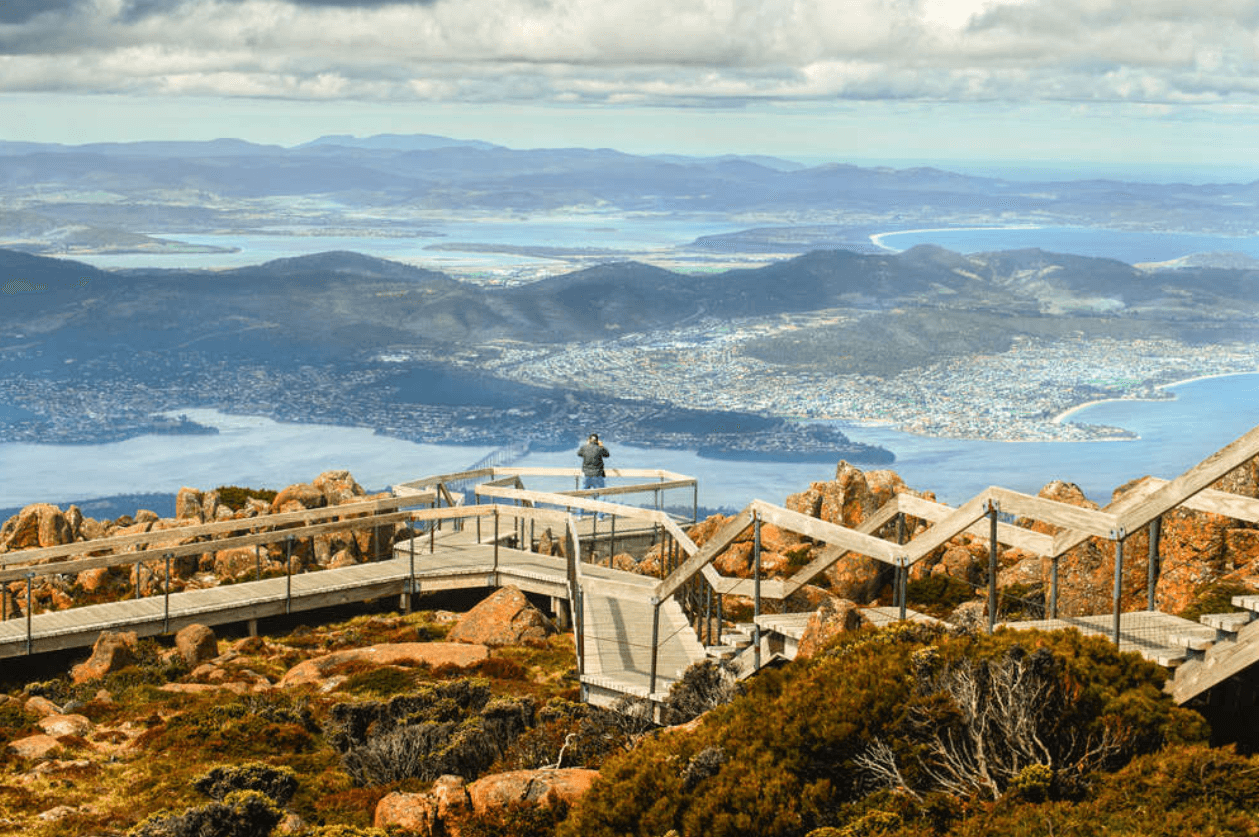
Changes to nomination requirements:
Only minimal changes have been made to nomination requirements for the Tasmanian 2021-22 program year. A summary of this information is below:
The Tasmanian State Nomination Skilled Migration Program supports Tasmanian businesses and increases the state’s working age population. It does this by attracting and retaining migrants with skills genuinely in need by employers, or with the capacity to settle in Tasmania through skilled employment in the long-term, and business activities that will increase employment opportunities.
Due to the effects of Covid-19 Migration Tasmania’s current nomination priorities continue to be:
These roles include people:
highly skilled and specialised roles in:
Employment NOT necessary for this category: Employment is not a minimum requirement for the Tasmanian Graduate nomination category however evidence of employment or business operation will be taken into consideration in the assessment where:
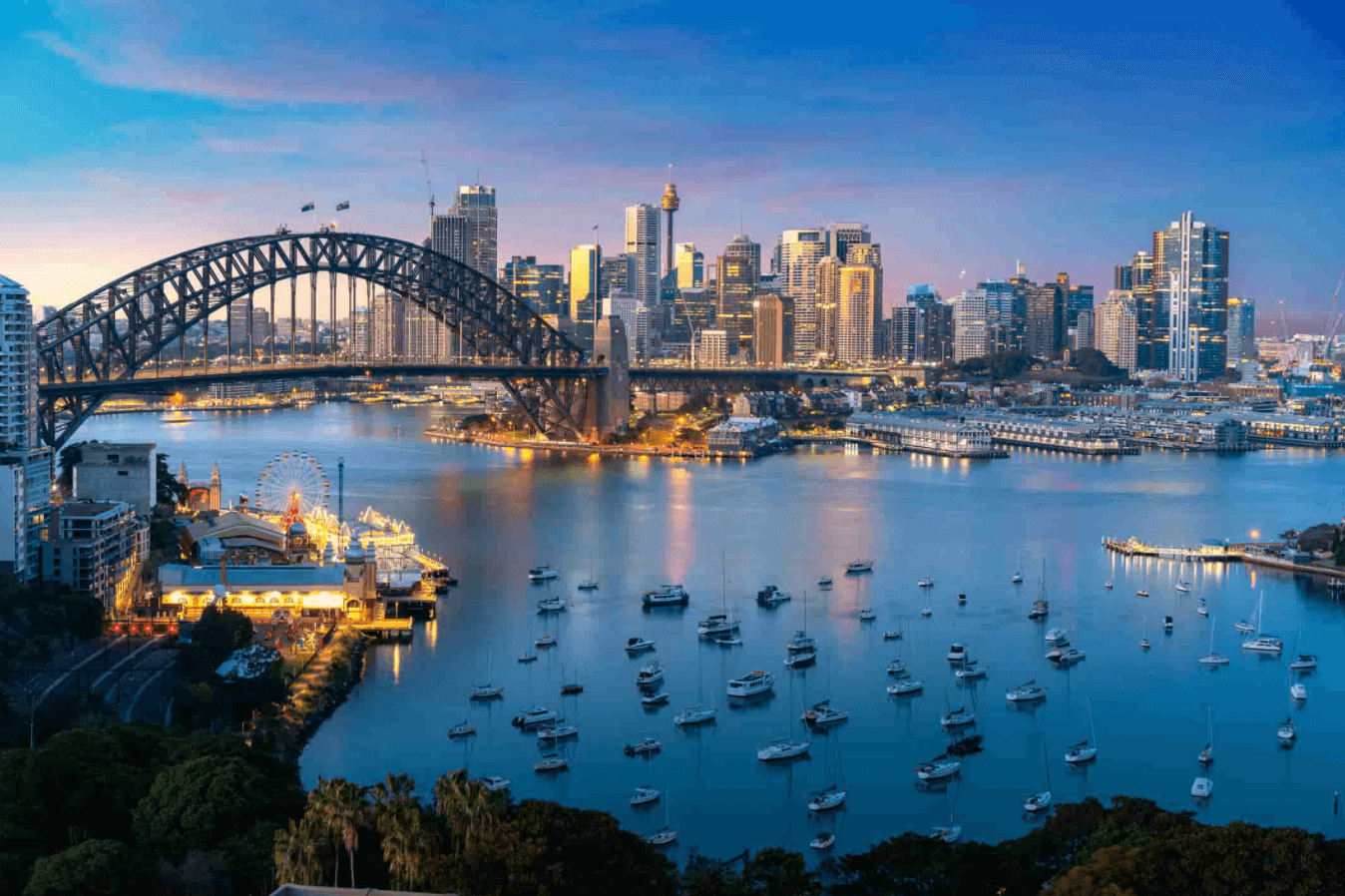
The New South Wales government has invited visa applications from offshore migrants under the Subclass 190 skilled nominated visa stream.
The NSW State Government announced changes to its current visa process. It said offshore applicants skilled in certain ANZSCO unit groups are now eligible for NSW nomination.
Highlights:
*Please note: Invitation rounds occur throughout the financial year.
Some of these identified ANZSCO unit groups include engineering managers, health and welfare service managers, production managers, primary and secondary school teachers, pharmacists, dental practitioners, midwives, registered nurses, social workers, chefs, cooks, and other professions on the PMSOL.
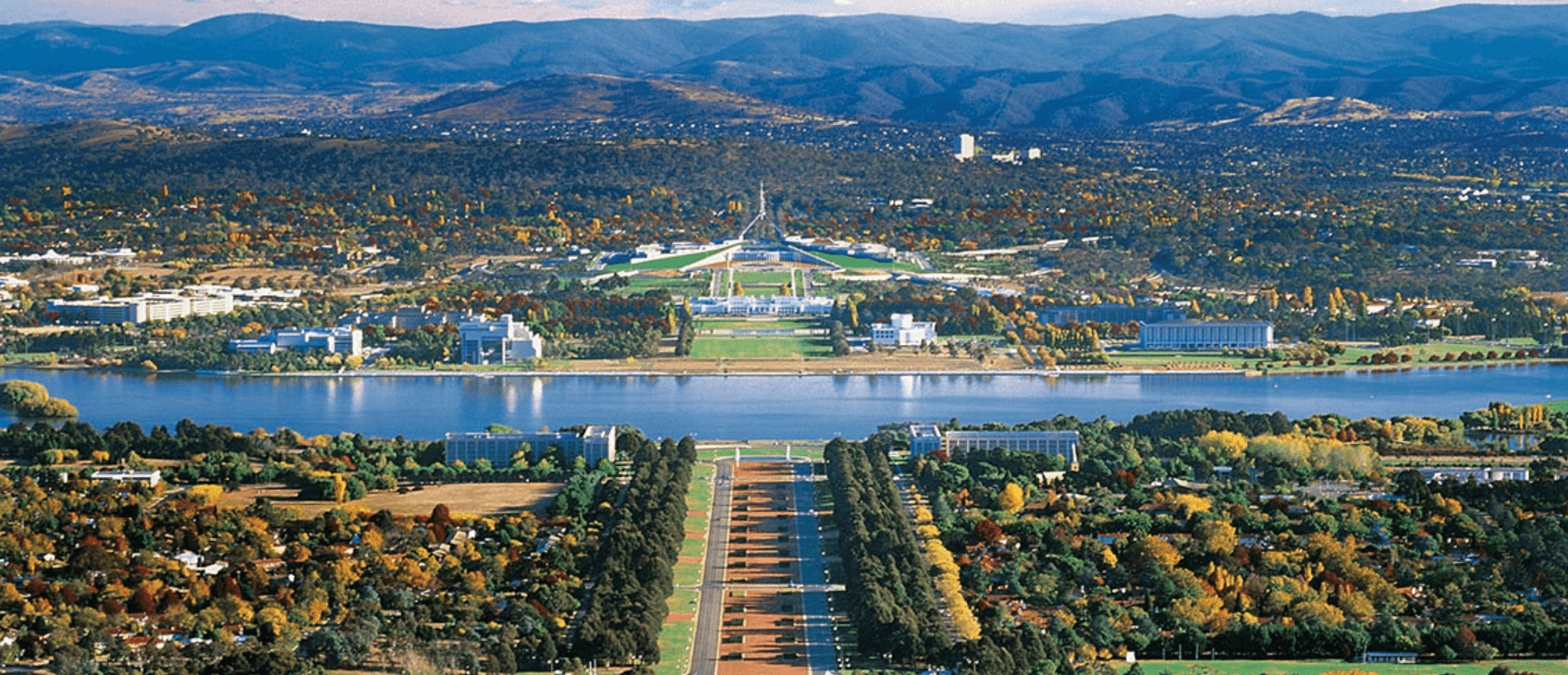
The ACT Critical Skills List identifies the occupations in current demand in the ACT. This List is important if you want to apply for ACT nomination for either:
You can also claim points in the Canberra Matrix if your occupation in on the Critical Skills List or you are working in an occupation on the list.
The ACT Critical Skills List was last updated on 1 September 2021. It applies to all Canberra Matrix, regardless of when they were submitted.
The ACT Government will update the list in January 2022 to make sure that the ACT Skilled Migration Program adapts and responds to the evolving critical skills needs of the ACT economy.
The Skilled Nominated Visa (permanent) subclass 190 lets you live and work in Australia as a permanent resident. You must be nominated by a State or Territory government. Nomination triggers the visa invitation from the Department of Home Affairs.
Two year commitment – If you are nominated by the ACT to apply for a 190 visa, you must live and work in Canberra for at least two years from visa grant.
You can express an interest in applying for ACT 190 nomination by completing a score-based ‘Canberra Matrix’ where points can be claimed against specific criteria including skilled employment, English proficiency, formal qualifications, length of ACT residence / study, investment activity and close family ties, etc.
The Canberra Matrix is weighted to ensure that applicants who will make/have made a positive economic contribution to the Territory and/or have demonstrated a genuine commitment to the ACT are more likely to be ranked and invited to apply for ACT nomination.
Read the eligibility criteria carefully. Once you are satisfied that you meet all the criteria, you can submit the Canberra Matrix.
The Skilled Regional Work Visa (provisional) subclass 491 is for skilled workers who want to live and work in regional Australia. You must be nominated by a state or territory government. Nomination triggers the visa invitation from the Department of Home Affairs.
Two year commitment – If you are nominated by the ACT to apply for a 491 visa, you must live and work in Canberra for at least two years from visa grant.
You can express an interest in applying for ACT 491 nomination by completing a score-based ‘Canberra Matrix’ where points can be claimed against specific criteria including skilled employment, English proficiency, formal qualifications, length of ACT residence / study, investment activity and close family ties, etc.
The Canberra Matrix is weighted to ensure that applicants who will make/have made a positive economic contribution to the Territory and/or have demonstrated a genuine commitment to the ACT are more likely to be ranked and invited to apply for ACT nomination.
Read the eligibility criteria carefully. Once you are satisfied that you meet all the criteria, you can submit the Canberra Matrix.
ACT nomination does not guarantee a migration outcome. You must still meet the Department of Home Affairs visa criteria.
The minimum ranking score is an indication only and not a guarantee that an invitation was issued. Ranking may depend on date and time of Matrix submission. Invitations will not be issued if you have an active application in the system; or if you have previously received ACT nomination.
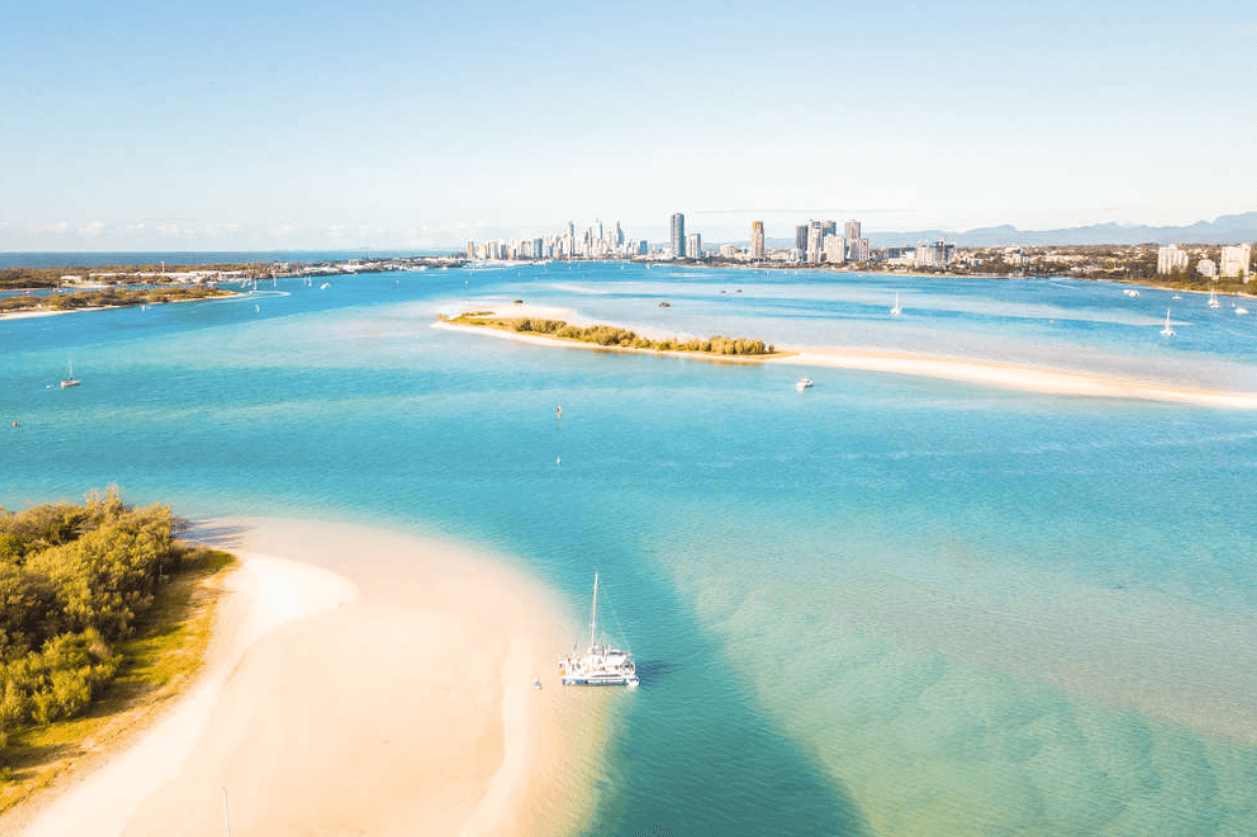
The Queensland Skilled Migration Program is currently open but due to current Covid-19 restrictions this is still currently available to onshore applicants only. A review will be made this month to open the program for skilled workers living offshore.
For the Skilled Migration Program, Migration Queensland will currently only accept “decision-ready” applications.
The Australian Migration Bulletin will continue to update you regarding the Queensland State Nomination migration program for offshore applications over the next monthly bulletins.
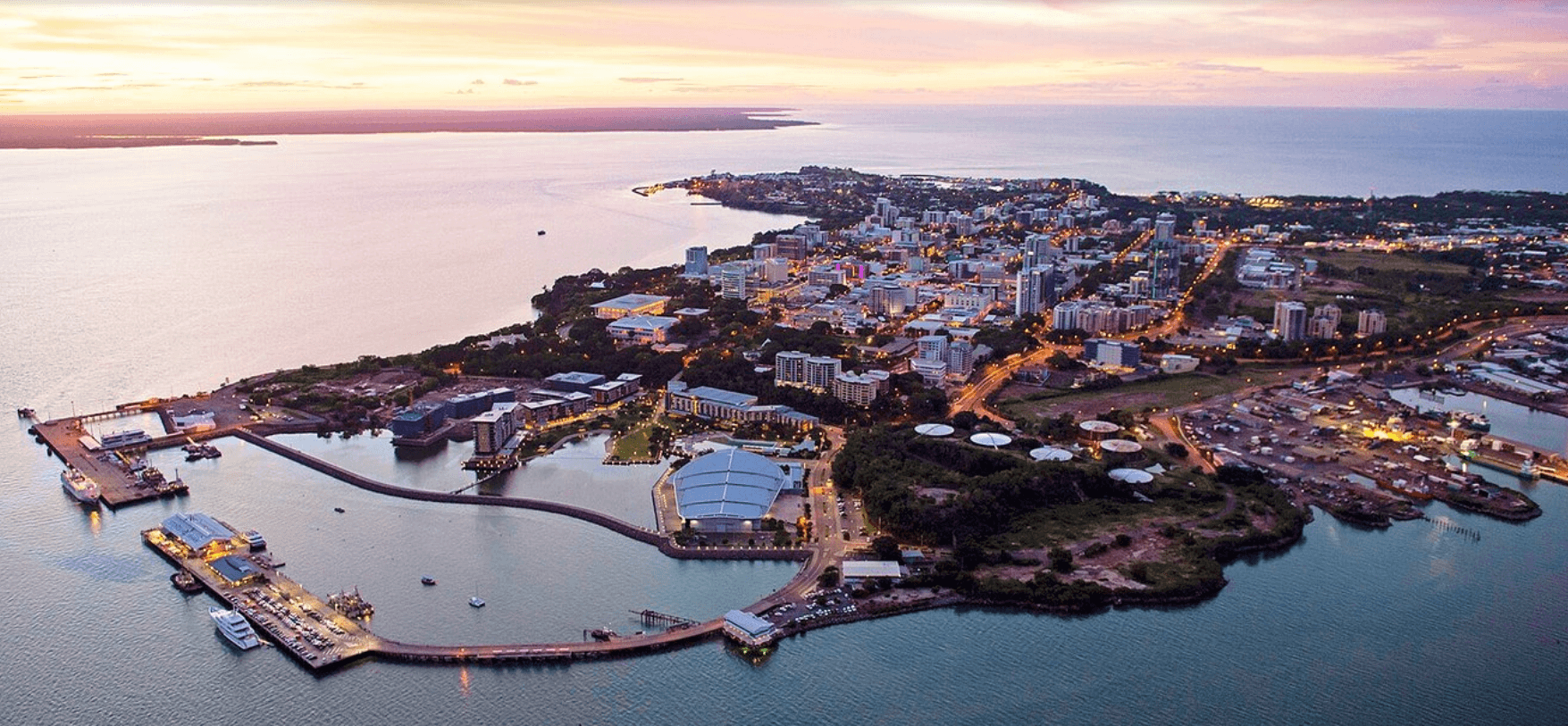
The 2021-22 migration program is well underway and the Northern Territory remains open for new onshore nomination applications. Offshore applications remain currently closed due to Covid-19 restrictions.
The Australian Migration Bulletin will continue to update you regarding the Northern Territory Nomination migration program for offshore applications over the next monthly bulletins.
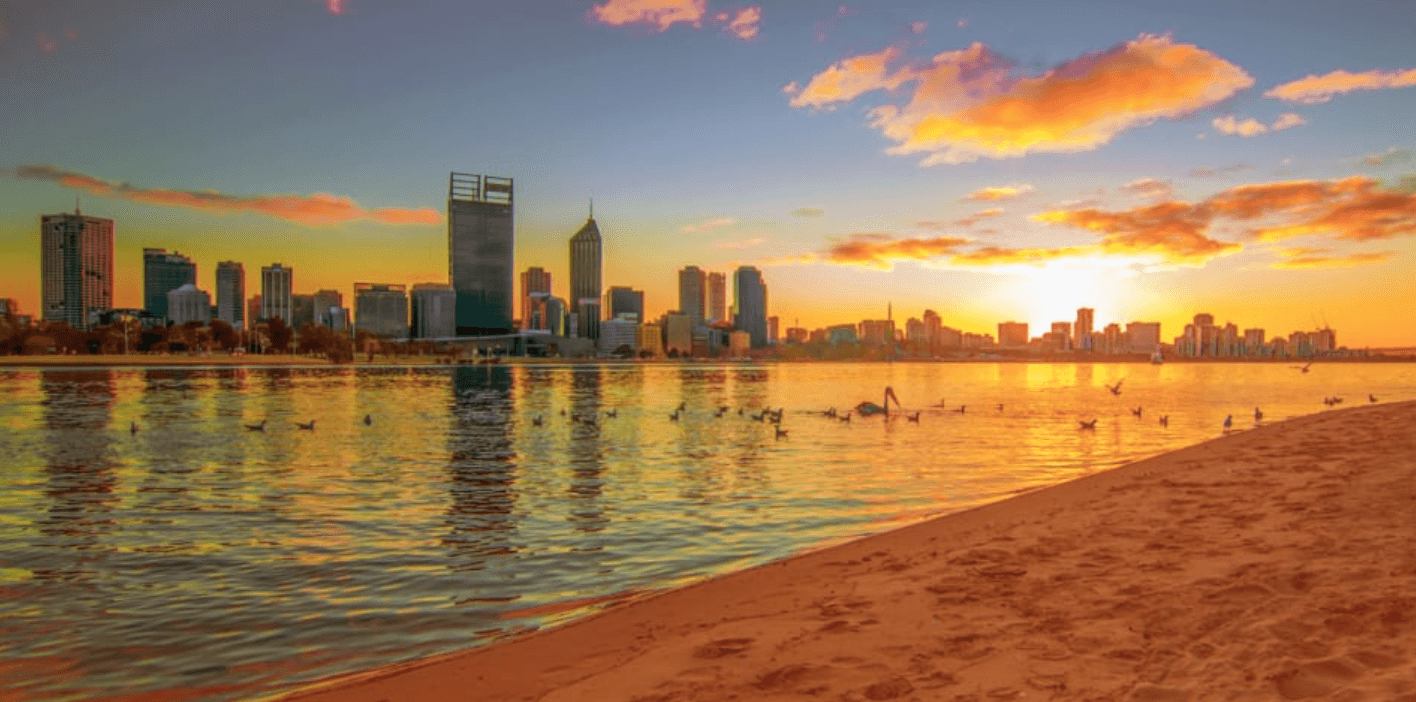
Due to Covid-19 restrictions, the Western Australian State Nominated Migration Program is currently suspended. WA Migration Services will not issue invitations to apply for State nomination during the suspension period.
The Australian Migration Bulletin will continue to update you regarding the Western Australia Nomination migration program over the next monthly bulletins.
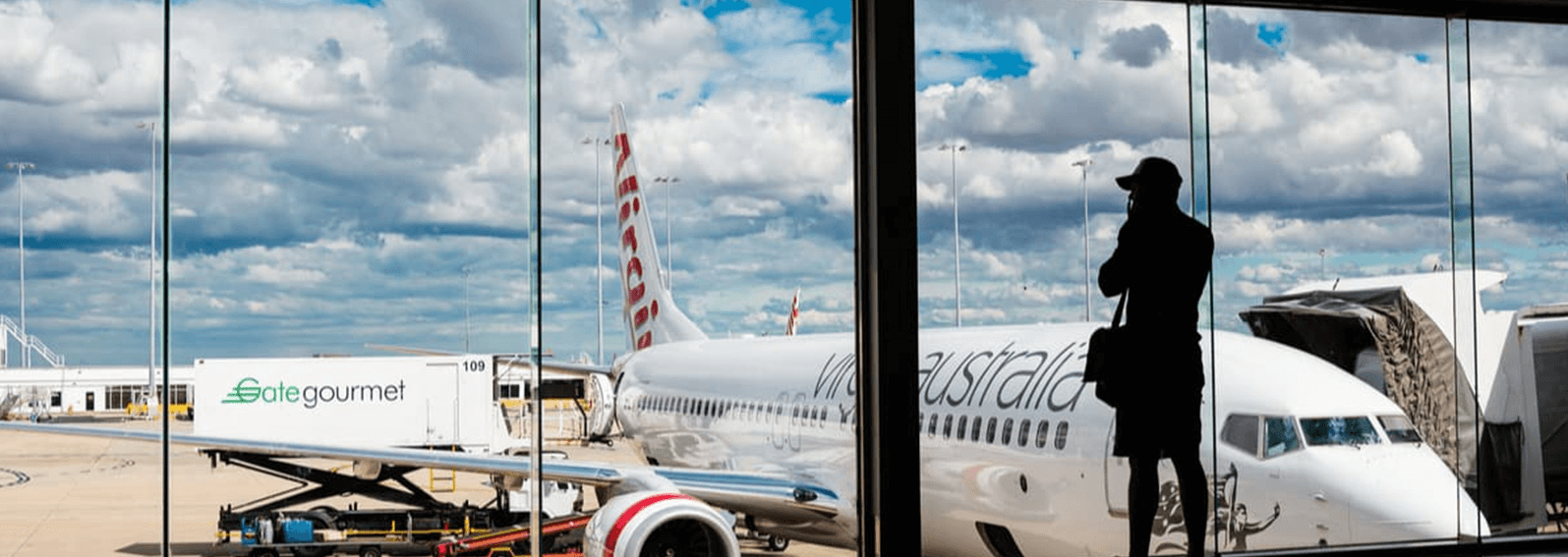
The Priority Migration Skilled Occupation List (PMSOL) identifies 44 occupations which fill critical skills needs to support Australia’s economic recovery from COVID-19. The list is based on expert advice from the National Skills Commission and consultation with Commonwealth departments.
Employer sponsored nomination and visa applications with an occupation on the PMSOL will be given priority processing. All other skilled occupation lists will remain active, but the PMSOL occupations will take priority.
The list is temporary and priority occupations may change as Australia recovers from the pandemic. The Government and the National Skills Commission will continue to monitor the impact of COVID-19 on the Australian labour market and assess Australia’s skills needs as they evolve and new sources of data emerge.
There has been no additional changes during the month of December 2021 to the Priority Migration Skilled Occupation List (PMSOL). Strengthened labour market testing will continue to allow numbers of sponsored skilled workers to migrate to Australia to fill urgent skills needs in critical sectors, helping to create Australian jobs and rebuild Australia’s economy.
As of 1st January 2022 , 44 occupations remain on the PMSOL including (ANZSCO codes):
Applicants and existing employer-sponsored visa holders on the PMSOL no longer require a travel exemption to enter Australia.
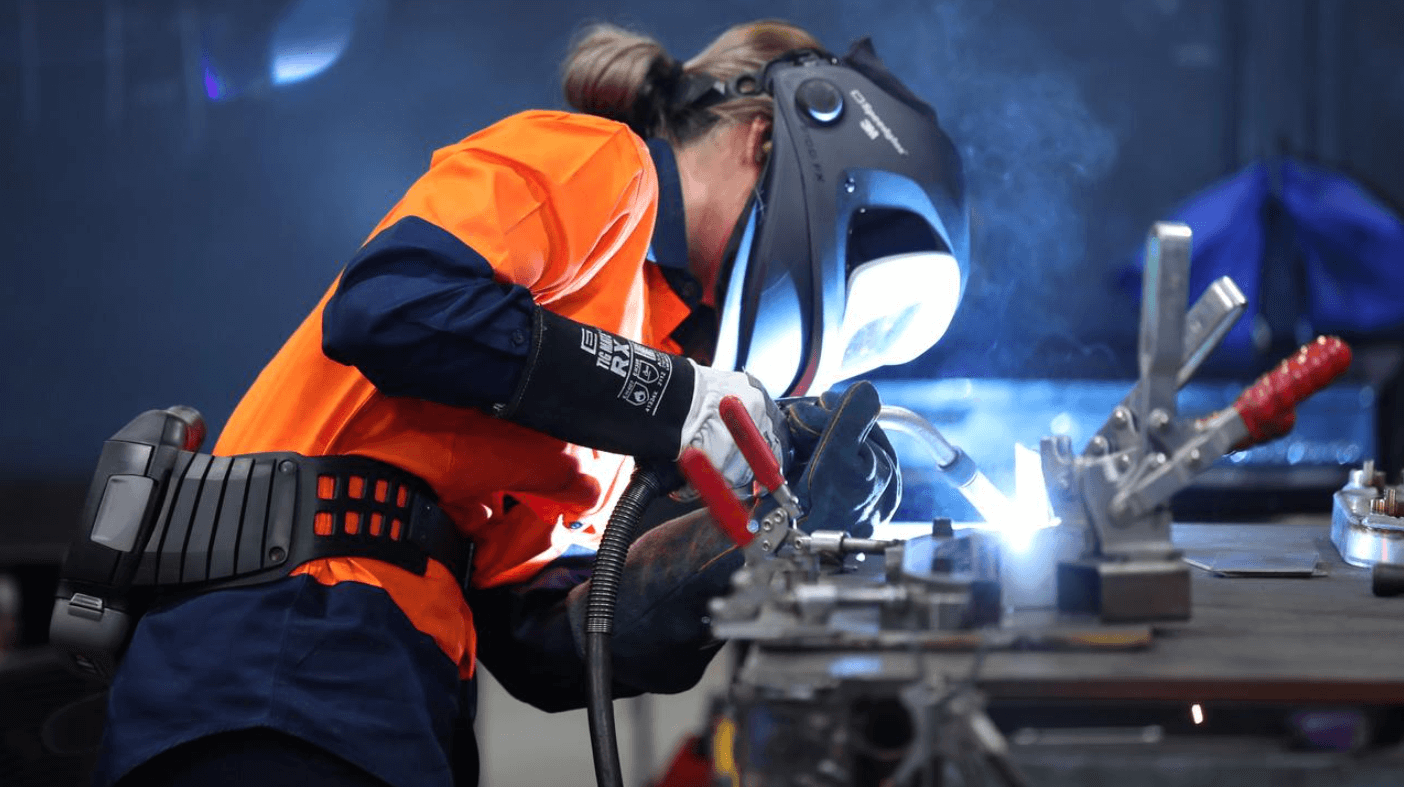
Closed borders and a hike in demand have exacerbated worker shortages across Australia’s logistics and transport industries, leading to fears future supply chains will deteriorate.
Industry leaders argue more focus is needed on training and raising the industry’s profile to avoid a looming workforce crisis.
Australian Logistics Council chief executive Brad Williams says pandemic impacts on borders, ¬immigration and demand had added urgency to the skills need.
“The sector is growing, the freight task is increasing and the ability to access workers who are skilled and able to deliver on those transport tasks is becoming increasingly difficult,” he says.
“That rise of the freight task has shone the spotlight on the challenges from a skills point of view in the supply chain sector.”
Australia’s $101bn supply chain workforce is under strain.
Australia Post is seeking almost 5000 workers, including truck drivers, to deal with the expected online shopping boom.
More than 80 per cent of employers had skills shortages for heavy vehicle drivers and general drivers, as reported to the Transport and Logistics Industry Reference Committee 2019 Skills Forecast. And amid rising demand, the workforce is ageing more than twice as fast as the national average. Already an average logistics worker is 45.6 years, while an equivalent trucking industry worker is 47 years and a train driver is 48, according to the Australian Industry Standards’ Transport and Logistics outlook.
Digital transformation is changing supply chains globally, with embedded technologies and growing automation meaning new skills are required.
“There is a need for more skilled workers as the industry develops and grows and increasingly digitises,” Williams says.
“Being able to attract those professionals into the business and understanding the role of data, digitisation and automation is playing in the sector, that’s a challenge as well.”
Industry and government are trying to get ahead with training and skills programs to build capacity and a future workforce.
Industry has welcomed a push to professionalise the industry though a driver apprenticeship program and the ongoing rollout of the National Freight and Supply Chain Strategy. This includes addressing the different licensing systems across states and territories, and also inconsistent safety practices, so people’s skills are transferable.
Further, a Department of Education, Skills and Education spokesman says the JobTrainer Fund supported low- or no-cost apprenticeships, including more than 5000 enrolments in freight and supply-related qualifications.
Industry is also creating their own upskilling programs.
LINX Cargo Care Group operates diversified logistics handling across 70 sites, including the Geelong Port to rail, warehousing and transport.
The group’s human resources and communications executive general manager Emma Porteous said the Covid-19 drop in immigration meant they were competing with other industries for the same talent.
“The competition for local talent is intensifying,” Porteous says.
“In addition to continuing to manage our own workforce and have the right skills, we need to be attracting people outside the industry or people at an earlier stage in their career to replenish the labour that will be moving out or pursuing less manually intensive work as they age.”
The group is starting a pilot program, LINX FastTrax, to upskill up to 30 young people in the NSW Hunter Region.
An initial five-week course will provide entry-level and supply chain training, ahead of a second round that includes driving, supply chain and administration traineeships.
Among the challenges of building Inland Rail – one of Australia’s biggest infrastructure projects – is finding insufficient skilled workers.
Australian Rail Track Corporation (ARTC) interim chief executive Rebecca Pickering says skills challenges were widespread across industry, as well as infrastructure construction.
She pointed to work from BIS-Oxford Economics that forecast demand for rail-facing construction and manufacturing jobs would grow from the current 80,000 workers to 140,000 in five years.
ARTC launched the Inland Rail Skills Academy with the Australasian Railway Association to promote to school students in STEM courses, sponsor university placements, and partner with skills-training organisations to increase trades training.
“It’s a challenge but it’s also an opportunity,” Pickering says.
“We are focused on a long-term approach. When we stop and think, we all know the logistics industry is working literally 24 hours a day, seven days a week moving things around the country to meet our needs. But because it’s not front and centre we do take it for ¬granted.
“Even though (the logistics industry is) everywhere, nobody really sees us. We’re not really an industry that pops into people’s minds when people think about what is my career path, what are my opportunities.
Coca-Cola European Partners regional vice president and general manager Peter West says they developed a Supply Chain Academy to standardise training across their manufacturing and logistics operations, and provide skilled workers when needed.
“Our dedicated capability team ensures that as the business grows and evolves, so to does the training and support we provide our employees across the supply chain,” West says.
He says their recent transport management and warehouse systems technology and new can lines were introduced alongside training programs.
West says reduced immigration and border restrictions had added strain to the system during the past 18 months and “the sooner we can open up immigration into Australia and reintroduce migrant labour into the country, the better”.
Ultimately, though he says generational renewal meant more needed to be done to promote the sectors.
“More investment and industry collaboration is required to make that happen, we can’t do this on our own,” he explains.
“As an industry we need to consider how we build the futures of technicians, encourage and support more women into the industry and into leadership roles, and at the frontline level think through what flexibility can look like in the context of those roles and the type of work required.”
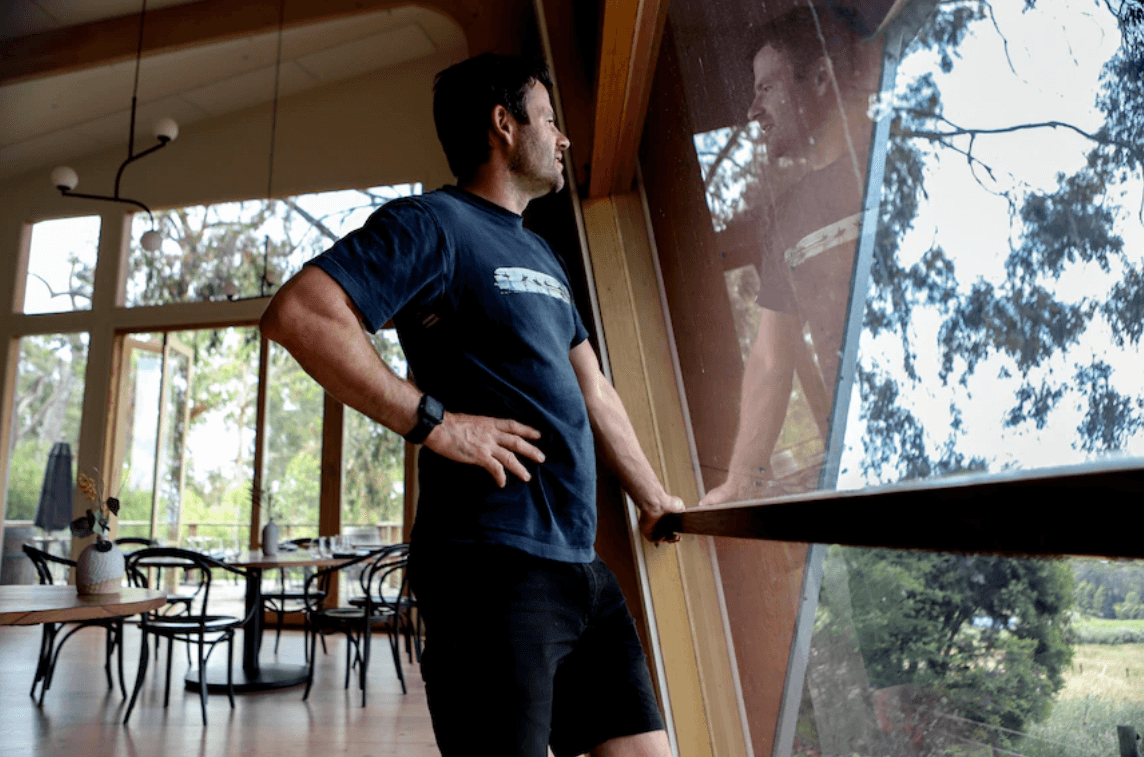
A chef hand-delivering food to your table or a senior winemaker talking you through a cellar-door tasting might feel special, even intimate.
But in one of Australia’s most famous wine regions, it betrays a major problem: there are simply not enough staff to do either job.
Staff shortages are so pervasive in parts of the Yarra Valley, north-east of Melbourne, that wineries are turning away busloads of eager customers and, in some cases, closing cellar doors altogether.
“Difficult doesn’t even sum it up,” Dylan McMahon, head winemaker and general manager of Seville Estate, said.
“For us trying to reopen the cellar door and restaurant — we’re still struggling.”
The result is a cellar door closed to walk-ins and a restaurant that has had to cut its sittings by 80 per cent. A bride and groom were able to hold their wedding at the vineyard over the weekend, but they had to supply their own staff.
The irony is the 20 or so people who are seated in the winery’s dining room over limited sittings are receiving a level of service Dylan McMahon is particularly proud of — he just wishes he could cater for more.
“It is a week-by-week proposition for opening our doors. Even this Friday, we are scrounging around. We’ve got a full restaurant and we don’t have all our staff secured,” he said.
“The reality is we are not recovering from the last two years. We are just continuing to tread water.”
Half an hour north at Sutherland Estate, Cathy Phelan has all her children on deck helping out where they can at her family’s picturesque cellar door.
It’s still not enough.
“I have one booking on Saturday. They’re a group of 40 on a bus with a belated birthday [and] they were desperate to come but I just can’t,” Ms Phelan said.
“Even though we have the space, we just don’t have the staff to look after them.”
Wineries in the region had hoped a summer of restaurant bookings and cellar door tourism would provide a much-needed bounce-back after a financially bruising two years.
Instead, they’re having to scale down their operations and ambitions.
“We, as a business, are growing and everything is busy, and we are wanting to get a few more staff in to help with that, but we’re having trouble finding anyone to step in,” Ms Phelan said.
Sutherland Estate, like other wineries had seen a much-publicised exodus from the hospitality industry, and job ads in the area frequently go unanswered. Burnt-out workers have departed in search of higher-paying careers with better conditions.
A recent report from the National Skills Commission found 63 per cent of hospitality businesses experienced greater difficulty recruiting staff this year compared with 2020.
Many wineries insist they are willing to pay above award wages, but the viability of a career in hospitality appears increasingly unappealing.
With continued constraints on international travel, the gaps have not been filled by short-term visa holders.
Dylan McMahon is still looking for about three workers.
“We don’t even get applicants anymore,” he said.
“If we get an applicant, the first thing you think of is, ‘Right, you’re hired! I haven’t even read your CV, but you’ve applied, that’s good enough for me’.”
It is an issue the Yarra Valley has grappled with for years.
Situated just over an hour from Melbourne, it is neither classified as regional, nor close or particularly accessible to attract inner-city workers.
Small Wineries Association of the Yarra Valley president Daniel Tokar said the issue had been “brewing for a while”.
“Every time you knock someone back, that’s a lost customer — the knock-on effect is they might not come back,” Mr Tokar said.
“Everyone would love to have the doors swinging open but the reality is they just can’t. It is heartbreaking.”
Further south in the lush Mornington Peninsula wine region, job ad sites are flush with winery listings.
Award-winning winemaker and local industry heavyweight Kathleen Quealy said finding staff was “costing a lot more and taking a lot longer,” but the issue was worse for wineries with restaurants.
Olivia Barrie from the Mornington Peninsula Vignerons’ Association said the area might not have as many staff as it would like, but it should cope with increased demand over summer.
“The cellar doors are at a reasonable level, but people need to be understanding and mindful of venue capacities,” Ms Barrie said.
Instead, it is in non-customer-facing roles where Ms Barrie said the need was most keenly felt.
“In the vineyards and wineries, they are really crying out for more staff — for capable people, vineyard managers, tractor drivers and those who can help with manual labour,” she said.
“There’s a fair bit of pressure in that space.”
In the Yarra Valley, Mr McMahon is wary of overburdening the few staff he has been able to retain.
“You don’t really want to push anyone too hard,” he said.
“Even though we’re out of lockdown, and people are wanting to go out and eat and have fun, they don’t really realise that the people who are working are still getting used to getting back in the workforce.
“Not everyone’s 100 per cent.”
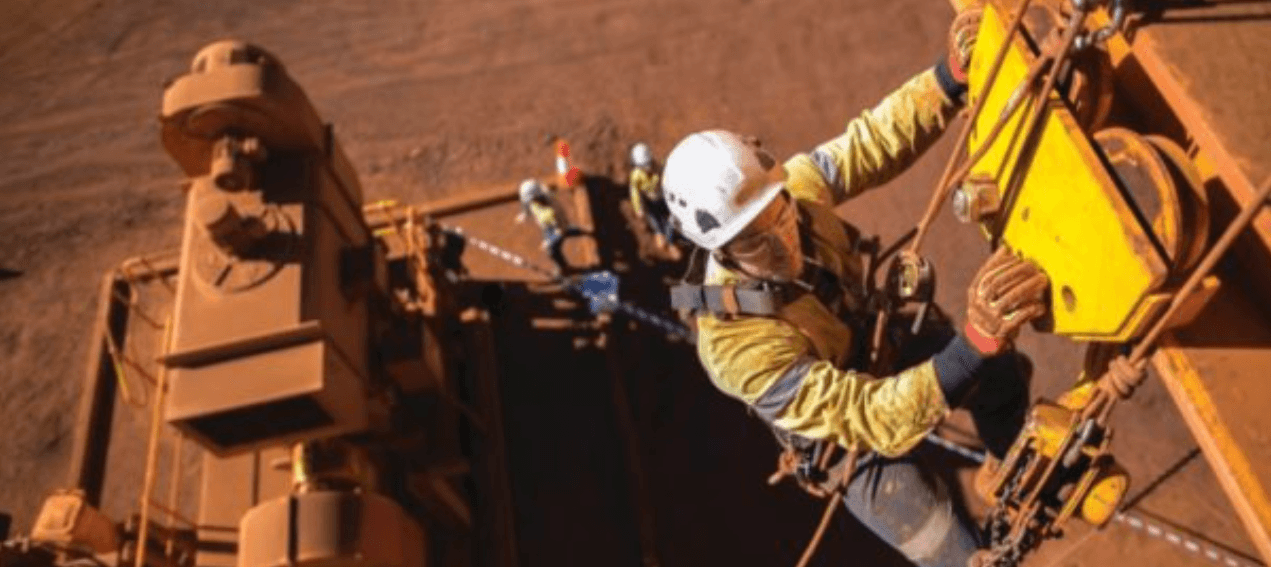
Reopening skilled migration to supplement Australia’s talent pool will be crucial to securing the enormous pipeline of projected growth in the resources and energy industry.
Prime Minister Scott Morrison said from December 15, 2021, fully vaccinated eligible visa holders will be able to come to Australia without needing to apply for a travel exemption.
“Eligible visa holders, including skilled and student cohorts, as well as humanitarian, temporary, working holiday maker and provisional family visa holders,” Morrison said.
Australian Resources and Energy Group AMMA chief executive Steve Knott said the announcement on international skilled immigration was welcome news for Australia’s resources and energy industry, which has been crippled by skills shortages.
“In daily conversations with AMMA’s resources and energy members, working in all sub-sectors right across the nation, finding the right number of skilled employees continues to be the most pressing and most severe challenge,” Knott said.
“Despite leading the nation’s economic performance throughout COVID-19, difficulties in attracting skilled employees in the scale required has presented a very real risk to future resources and energy project growth and the enormous role it will play in Australia’s fiscal recovery.”
AMMA’s annual workforce forecasting report has identified 98 projects that are advanced in planning stages and could create over 100,000 jobs between now and 2026.
“Without access to supplementary international skilled labour, even in the very small numbers utilised by resources employers historically, many of these projects may be deemed unviable to proceed,” Knott said.
“The national Labour Market Portal also predicts key resources and energy occupations – including mining and petroleum engineers, geophysicists, skilled operators and trade technicians – will remain in very tight supply over coming years.
“There needs to be a circuit breaker to the present unsustainable situation of Australian industries fighting each other for talent. This is occurring across the skills spectrum from operators and tradespeople to chefs, hospitality professionals and cleaners.
“The arrival of skilled migrant employees in some of these key occupations will ease the great anxieties of employers on how they will both continue to resource existing operations and secure the skills required to support expansion and new project growth.”
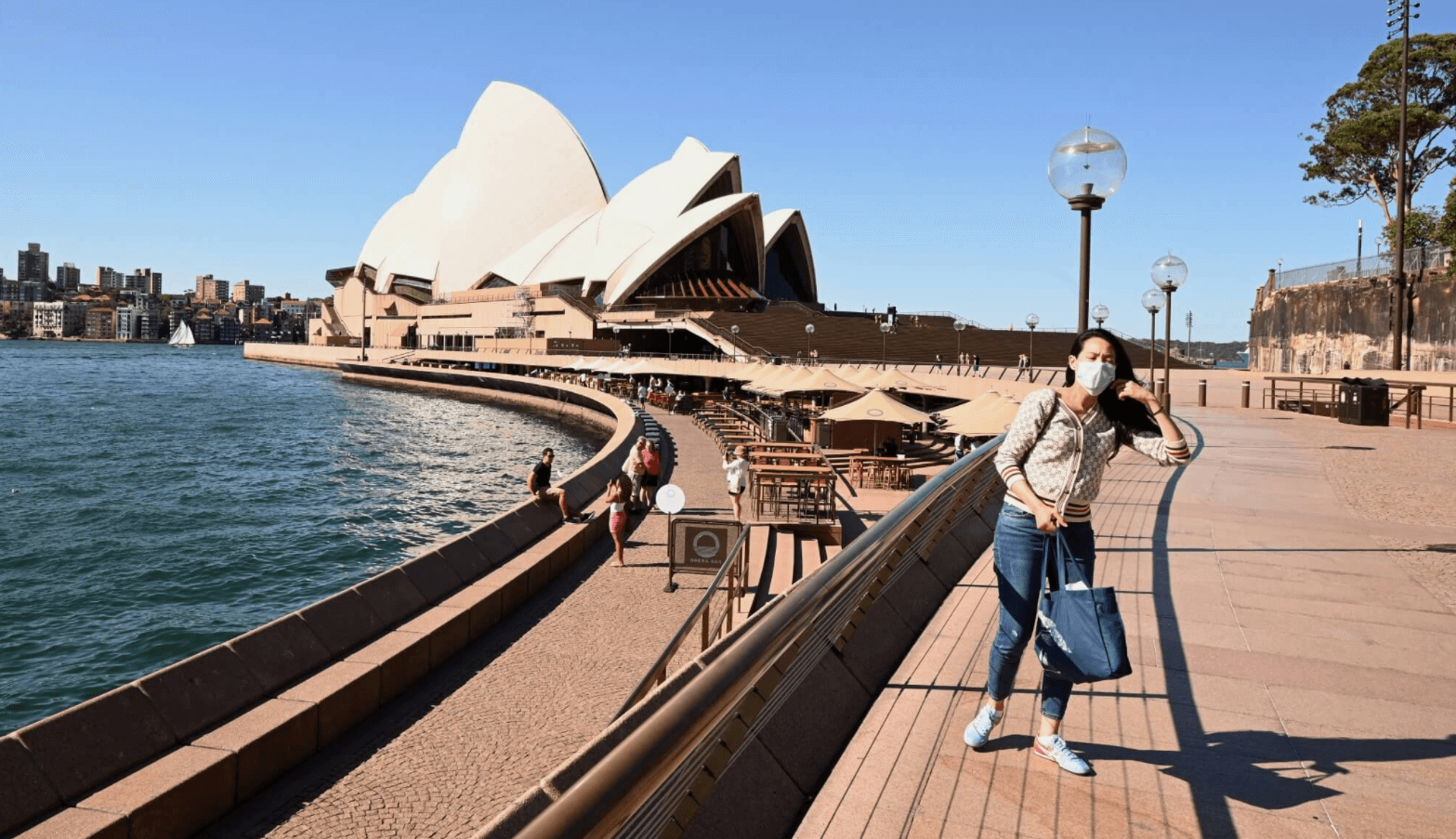
Australian Health Minister Greg Hunt confirmed that international students are able to return to Australia, but not into every area or jurisdiction. International students, however, may be confused with Australian travel restriction as each state and territory have different travel and quarantine requirements, while students under pilot plans have been able to return to the country sooner than others. Here’s what we know so far on Australian travel restriction updates, based on reports.
Queensland announced that it has reopened its border to domestic hotspots, and international students are still anticipated to return. “This does not change the easing of Australian border restrictions for international students from Dec. 15, 2021,” said Study Queensland.
All these states welcome fully vaccinated student visa holders and other eligible visa holders can travel to and from Australia without needing to apply for a travel exemption effective Dec. 15, 2021.
The Tasmanian government has also provided a nifty factsheet for your perusal.
On the same day that Australian Prime Minister Scott Morrison confirmed the easing of Australian travel restrictions for international students from Dec. 15, WA Premier Mark McGowan announced that WA will reopen its borders to interstate and international travellers on Feb. 5.
Travellers must be fully vaccinated and will be required to return a negative PCR test result within 72 hours prior to departure; and return a negative PCR test within 48 hours of arrival to WA and on day six.
Currently, only fully vaccinated people, Territory residents and people unable to be vaccinated (such as children under 12 years) can enter the Northern Territory.
Chief Minister Michael Gunner has announced that all interstate arrivals to the Northern Territory who are fully vaccinated against COVID-19 will not have to quarantine from Dec. 20.There was no mention of international students arriving in the territory in the report.
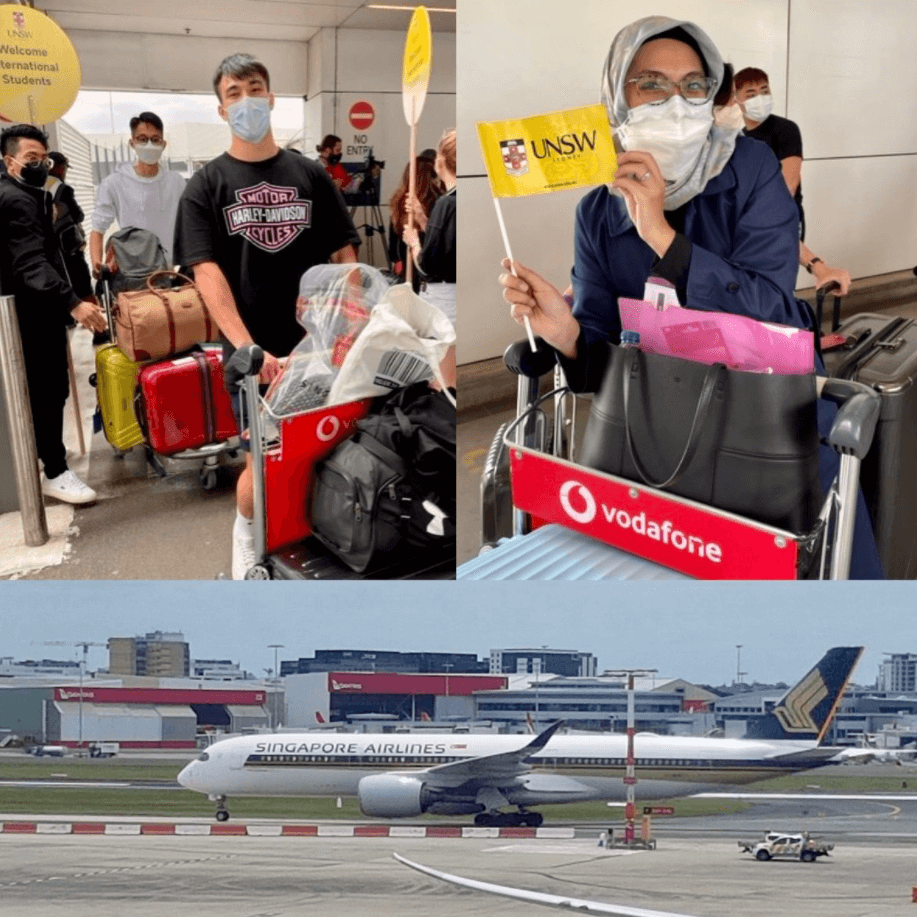
The move follows concerns many 485 visa holders locked out of Australia because of international border closures risked losing their work rights.
Temporary graduate visa holders stranded offshore and unable to travel to Australia due to the COVID-19 pandemic can now apply for a replacement visa.
The federal government announced that the changes will allow current and former temporary graduate (subclass 485) visa holders whose visas expired on or after 1 February 2020 to apply for a new visa.
The 485 visas are offered to recently graduated international students with skills in specific occupations aimed at allowing them to continue to work in Australia.
But there had been concerns many of the temporary visa holders risked losing these rights as they were locked out of the country because of the international border closure. More than 30,000 people have had their 485 visas expire or begin to expire.
The government will also increase the length of stay on temporary graduate visas from two to three years.
New visa settings will also extend existing measures for international students to recognise time spent offshore studying to qualify for temporary graduate visas.
The decision comes after the government announced fully vaccinated skilled migrants, international students and humanitarian visa holders are able to travel to Australia from 1 December 2021.
Immigration Minister Alex Hawke said the changes to the visa settings gave students some “much-needed reprieve” as Australia’s borders have since reopened.
“The changes are targeted to not only support international students but are also a crucial component of our economy recovery and will help us retain and attract skilled workers,” he said in a statement.
The overhaul of the visa settings came after concerns were raised by 485 visa holders about the prospect of their visas expiring facing almost two years locked out of the country.
Luvpreet Singh, a temporary graduate visa holder who has led a group of hundreds of 485 visa holders stranded in India, recently said their hopes were resting on an extension.
Greens Senator Nick McKim who has campaigned for visa extensions to those affected said the changes were a welcome relief to “tens of thousands of people” stuck overseas.
“Their lives have been on hold for close to two years and it’s great that they can begin to plan their future again,” he said in a statement.
The government will also extend visas for skilled regional (provisional visa) holders (subclass 489, 491 and 494) adversely affected by COVID-19 travel restrictions.
Minister Hawke said this would provide “additional time to meet regional work requirements for permanent residence.”
The government says it will also provide additional funding for the international education sector as it prepares to welcome back students this year.
The new measures would see almost $28 million given in regulatory fee relief provided to the sector.
More than $9 million will be provided in grants for institutions offering English language intensive courses for overseas students.
Current loan fee exemptions will also be extended until the end of 2022, which the government says would benefit an estimated 30,000 undergraduate students.
Minister for Education and Youth Alan Tudge said the announcement would accelerate the COVID-19 recovery process for the 2022 academic year and “help ensure the rapid return of international students”.

Off and racing at The Rolex Sydney Hobart Yacht Race. 628 nautical miles from Sydney to the finish line in the Derwent River, Hobart. December 2021.

Shayna Jack has made an impressive return to the pool, qualifying second-fastest for the women’s 100m freestyle final at the Queensland Championships. Queensland. December 2021

Australian Jakara Anthony has gone back-to-back this weekend at the FIS Freestyle Skiing World Cup, winning the dual moguls. France. December 2021.
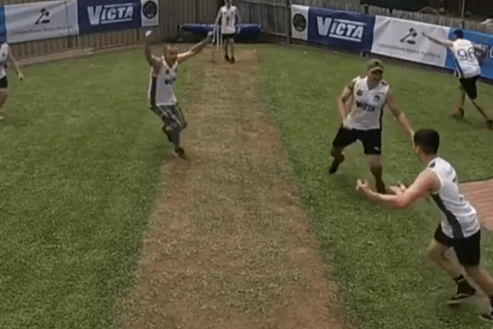
A next level game of family backyard cricket. New South Wales. December 2021
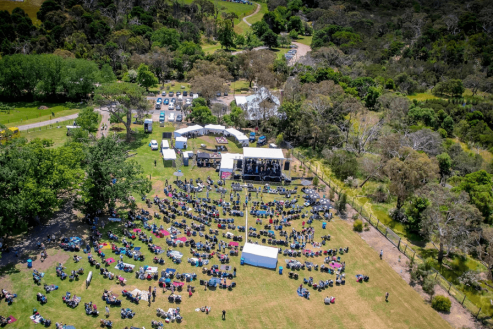
A casual day out at the Peninsula Music and food festival. Mornington Peninsula, Victoria. December 2021
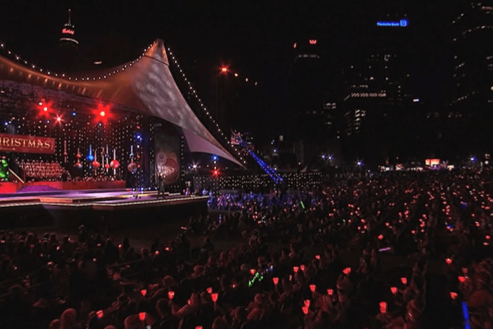
A fun family night at the Christmas‘Carols in the Domain’. Sydney, New South Wales. December 2021

A wild echidna has halted the Bathurst 1000 with a casual Sunday afternoon stroll during Australia’s most famous motor race. New South Wales. December 2021
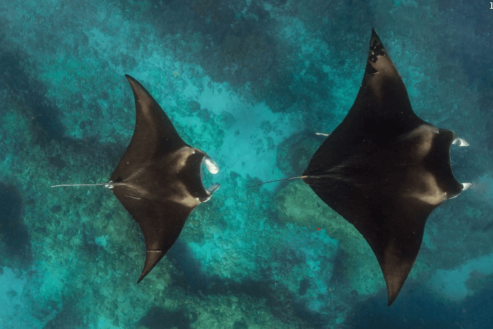
Photo snaped snorkelling with manta rays at Ningaloo Reef. Western Australia. December 2021

A sleepy local watching the sunset at Sleaford Bay. South Australia. December 2021
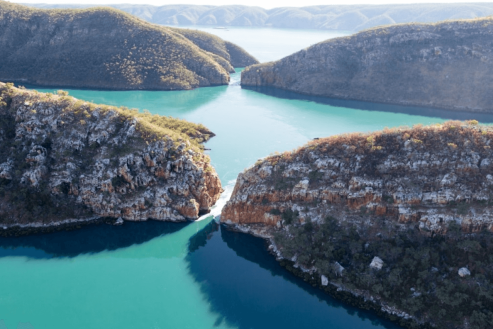
A sunny day at Horizontal Falls. Western Australia. December 2021
As legislation and travel requirements are constantly changing, we strongly recommend obtaining advice on your individual situation from a Registered Migration Agent. Please click here to book a consultation with one of our Registered Australian Migration Agents, located in Australia.






You can manage your membership and billing method by clicking here
Terms of Service
Privacy Policy
Copyright © 2025 Office of Immigration Australia, a private company registered in Australia. All Rights Reserved.